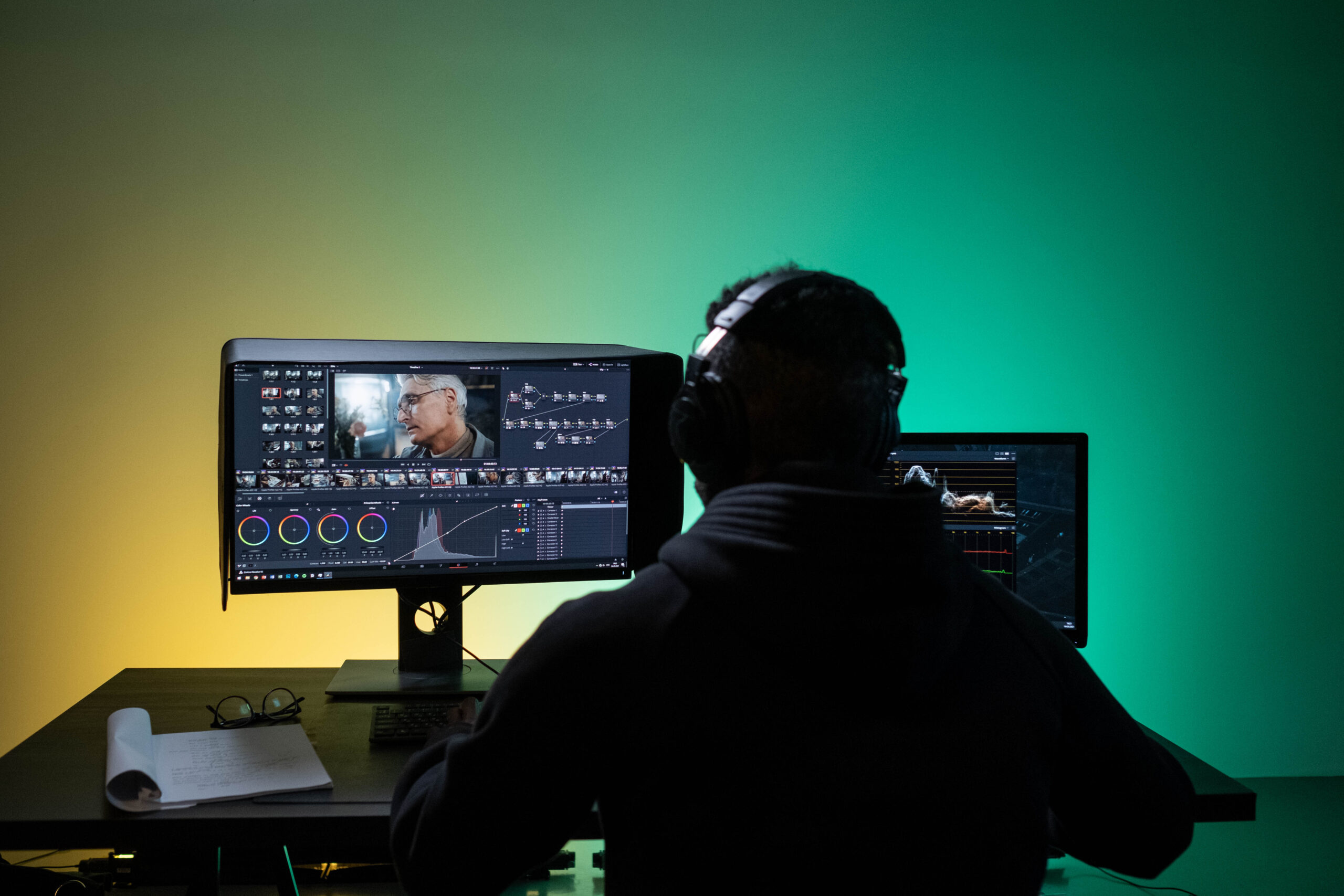MARYJANE AUGUSTINE
Filmmaking is a powerful medium that blends storytelling, visual art, and technology to create engaging and immersive experiences. At the heart of every great film lies the art of video editing, which can transform raw footage into a cohesive, captivating narrative. If you’re an aspiring filmmaker eager to master video editing, you’ve come to the right place. We’ve compiled essential tips and tricks to help you elevate your editing skills and bring your creative vision to life.
Organize Your Workspace and Footage
Efficient organization is key to a smooth and streamlined editing process. Begin by creating a folder structure for your project, including separate folders for raw footage, audio files, images, and graphics. Organize your clips by scene or shoot date, and use descriptive file names to make locating specific footage easier. This groundwork will save you valuable time during the editing process.
Learn the Basics of Your Editing Software
There are numerous video editing software options available, such as Adobe Premiere Pro, Final Cut Pro, and Da Vinci Resolve. Whichever program you choose, take the time to learn its features, keyboard shortcuts, and capabilities. Familiarize yourself with basic editing tools, such as the razor, slip, slide, and ripple tools, as these will be indispensable in your workflow.
Trim and Cut with Precision
Effective editing is about more than just cutting footage; it’s about making precise trims and cuts that enhance your story. Trim your clips to remove unnecessary or distracting content, and use cuts to establish pacing, build tension, and create smooth transitions between shots. Remember, less is often more – keep your edits clean and purposeful.
Master the Art of Transitions
Transitions play a vital role in guiding your audience through your narrative. While there are countless transition effects available, it’s essential to use them thoughtfully and sparingly. Choose transitions that complement your story and maintain a consistent style throughout your film. Avoid overusing flashy transitions, as these can distract from your content and appear unprofessional.
Incorporate Sound Design
Sound design is a crucial element of filmmaking that can significantly impact your audience’s emotional experience. Utilize diegetic and non-diegetic sounds, music, and dialogue to create a rich, immersive soundscape. Be sure to balance audio levels, remove background noise, and apply audio effects such as reverb or equalization when necessary.
Color Correction and Grading
Color can greatly influence the mood and tone of your film. Start by correcting any inconsistencies in color balance, exposure, and contrast using your editing software’s color correction tools. Once you’ve achieved a consistent look, move on to color grading to create a unique visual style that enhances your story and supports your narrative.
Edit with the Audience in Mind
As you edit your film, remember to consider the audience’s perspective. Avoid “editor’s blindness” by taking breaks and reviewing your edits with fresh eyes. Seek feedback from trusted peers or mentors to gain valuable insights and ensure your film resonates with viewers.
Keep Learning and Experimenting
Finally, the key to mastering video editing is continuous learning and experimentation. Stay up-to-date with industry trends, attend workshops or webinars, and learn from experienced editors. Embrace new techniques, explore different editing styles, and challenge yourself with creative projects that push the boundaries of your skills.
Conclusion
Video editing is an essential skill for aspiring filmmakers, and with dedication, practice, and a willingness to learn, you can transform your raw footage into captivating, memorable films. By incorporating these tips and tricks into your editing process, you’ll be well on your way to creating compelling stories that captivate audiences and leave a lasting impact. Happy editing!







